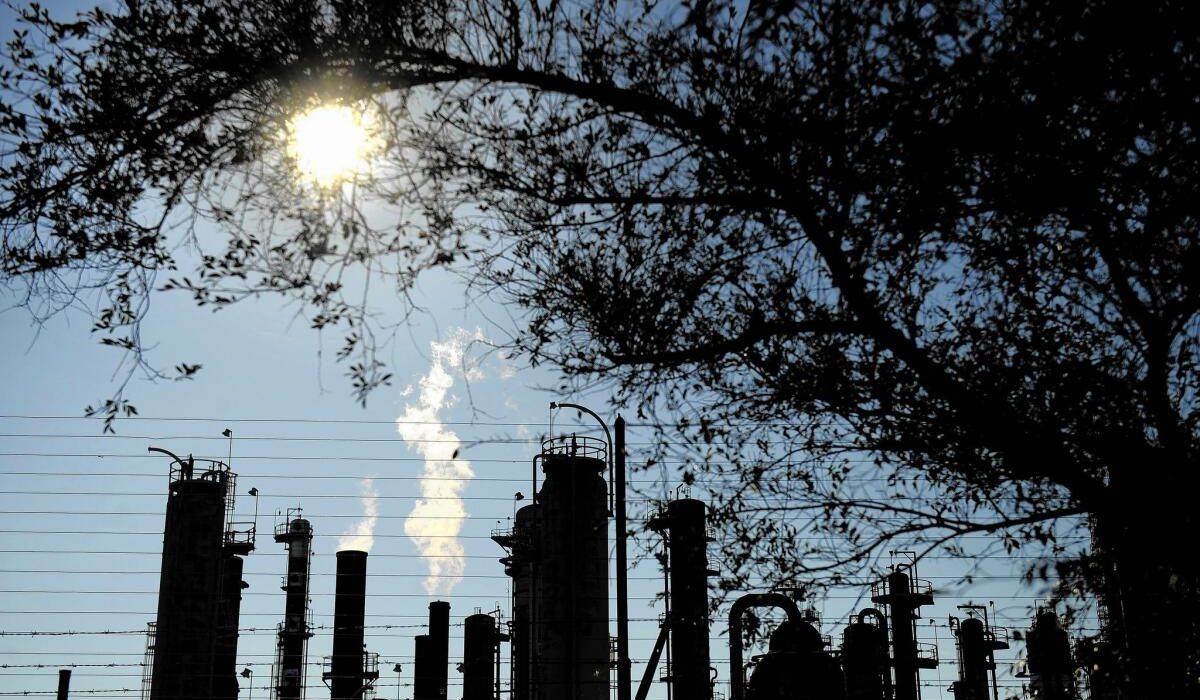When delving into discussions surrounding California’s climate policies, the predominant focus typically hones in on the realms of transportation and energy generation. Yet, a critical chasm persists in the discourse — the industrial sector. Accounting for a monumental 23% of California’s climate pollution, this sector navigates without a defined policy framework or a strategic blueprint for decarbonization. This blog post seeks to unfurl the intricate challenges entwined with the industrial landscape in California, offering a closer inspection of the sector that often operates in the shadows.
In the absence of a clear policy directive, the industrial sector continues to cast a substantial carbon footprint, contributing significantly to the state’s climate woes. This vacuum of strategic planning accentuates the urgency for actionable solutions. As we unravel the complexities of decarbonizing California’s industrial landscape, we aim to spotlight potential avenues, shedding light on the path towards a sustainable and environmentally conscious future. Join us on this exploration as we dissect the challenges, unveil opportunities, and envision a transformative journey towards a greener industrial sector in the Golden State.
The Hard-to-Decarbonizes Conundrum: A Call to Action
The term “hard to abate” or “hard to decarbonizes” frequently surfaces when addressing the industrial sector. This phrase, at times, becomes a convenient excuse for the lack of progress. However, the urgency of the current climate and air quality crises demands immediate action. Delaying the efforts to decarbonize the industrial sector inadvertently empowers the fossil fuel industry and perpetuates the notion that the sector is untouchable. It’s time to challenge this narrative and explore viable solutions.
The Industrial Sector’s Role in Climate Action
Surprisingly, the industrial sector presents a vast array of opportunities for decarbonization. Using the food and beverage industry as an example, California stands as a global leader in food manufacturing. However, a significant portion of this sector relies heavily on methane gas. The blog explores studies from reputable institutions that highlight the potential of industrial heat pumps and zero-emission equipment to revolutionize food manufacturing. Similar opportunities extend to other industries like paper and pulp, glass manufacturing, and apparel.
Assembly member Marc Berman’s AB 841
To address the challenges posed by industrial pollution, Assembly member Marc Berman introduced AB 841, a groundbreaking legislation that calls for the development of an industrial electrification roadmap. This legislation, supported by bipartisan efforts, provides a structured plan for the integration of electrification through heat pumps, thermal energy storage, and more. The blog delves into the potential impact of AB 841, emphasizing the need for collaboration and innovation to transform the industrial sector into an environmentally friendly powerhouse.
Embracing Diverse Technologies
While AB 841 primarily focuses on electrification, it doesn’t dismiss the role of other technologies such as hydrogen or Carbon Capture and Sequestration (CCS). Past legislation like SB 905 has initiated efforts in areas like CCS. The blog acknowledges the role of diverse technologies but emphasizes the importance of prioritizing zero-emission strategies. It challenges the notion of viewing the industrial sector as a dumping ground for unproven technologies and advocates for a targeted, focused approach.
Air Quality and Environmental Justice
Amidst the broader efforts to combat climate change, California grapples with a persistent air quality crisis, imparting a disproportionate burden on specific communities. This segment of the blog aims to illuminate the distressing statistics that underscore a stark reality — a substantial portion of emissions stemming from diverse industrial processes plagues communities already burdened by environmental challenges. It accentuates the imperative for a holistic approach that extends beyond merely mitigating emissions, calling for a concerted effort to champion environmental justice.
The distressing truth unfolds as we examine the toll exacted on these vulnerable communities, where the impacts of industrial pollution exacerbate existing disparities. This blog section underscores the urgency of a comprehensive strategy that not only seeks to cleanse the air we breathe but also champions the cause of equity and justice. By delving into the nuances of environmental injustice within the context of California’s air quality crisis, we shed light on the need for inclusive and equitable solutions that prioritize the well-being of all residents, irrespective of their socio-economic status or geographic location. Join us in exploring the imperative to address the human toll, fostering a future where cleaner air is a shared right, not a privilege.
AB 841: Paving the Way for a Sustainable Future
As California stands at the forefront of progressive climate action, AB 841 emerges as a groundbreaking initiative. Positioned as the first bill of its kind in the nation, it aims to create an industrial electrification roadmap that not only benefits Californians but also serves as a model for other states. The blog concludes with a call to action, urging residents of the Golden State to support AB 841 and encourage their State Legislators to propel this historic legislation forward. California, once again, teeters on the brink of significant change, leading the way for a more sustainable and environmentally conscious future.

